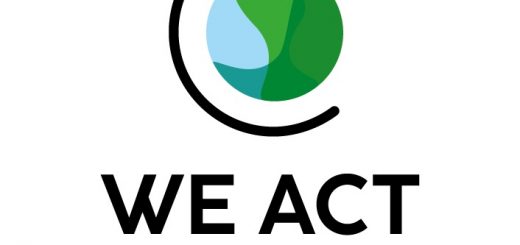Productive use of energy can help in the fight against poverty
Ending poverty has been a top priority for policymakers across the globe for decades now, as reflected in the United Nations Sustainable Development Goal 1. Pursuant to this, substantive subsidies, schemes, and other welfare measures have been experimented with, and while we have made progress towards this goal, the reality remains that even before COVID-19 baseline projections suggested that 6 percent of the global population would still be living in extreme poverty in 2030, missing the target of ending poverty. In India alone, the fallout from the pandemic has caused over 10 million job losses, and 97 percent of households have seen a decline in income levels.
The positive news is that India has made significant strides towards increasing energy generation, and access. India’s energy generation capacity is growing year on year at 3.5 percent, with renewables contributing to 100 GW of India’s total power capacity of 386 GW. At the same time, the percentage of the population which has access to electricity has increased, from 67.6 percent in 2011 to 97.8 percent in 2021.
While these developments are significant, and a necessary first step, we need to raise our energy ambitions and ensure reliable energy access if we’re looking to break the cycle of poverty and direct energy towards productive use.
India has made significant progress in ensuring access to energy to millions of rural businesses and microenterprises, and now the focus should shift to the next phase of ensuring reliable energy and enabling productive use. Through carefully-crafted policies and interventions, we can address the long-term challenges posed by Climate Change, generate new jobs, and at the same time help create locally-sustainable communities.
To read more, click here


